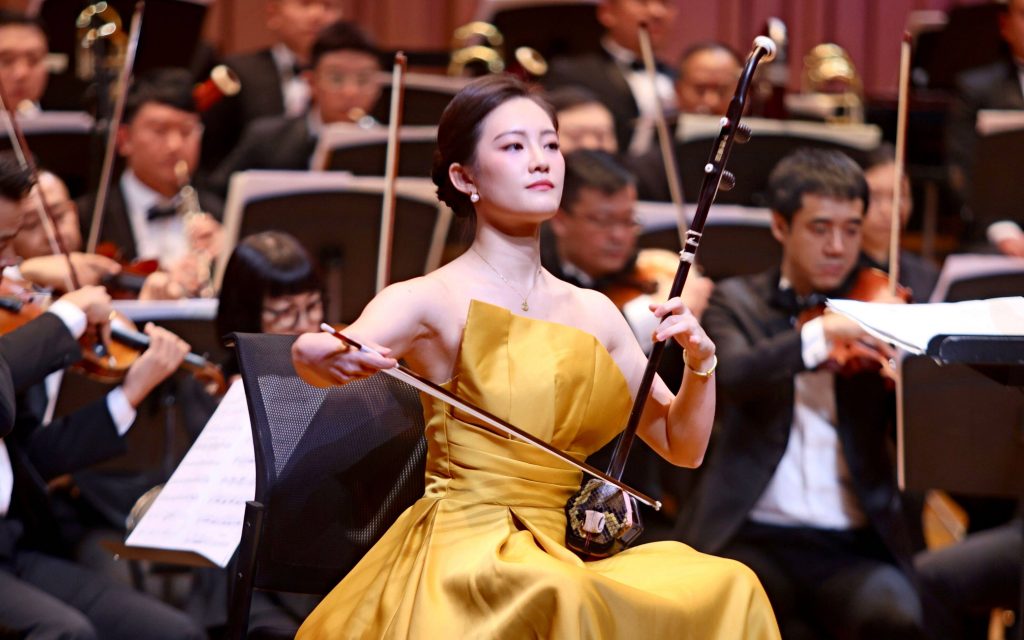
The erhu piece “Horse Racing” was composed by the famous erhu master Huang Haihuai in 1959 and finalized in 1960 as a solo erhu piece. This song is known for its unique Mongolian music style, inspired by the Mongolian folk song ‘Red Flag Song’. Mr. Huang Haihuai drew inspiration from this folk song and, with his proficient erhu playing skills, elevated a folk song with only four lines and sixteen bars into a masterpiece that has swept the country and even resounded at home and abroad.
The creative process of ‘Horse Racing’ is full of success and glory. In March 1962, Hubei University of Arts (now the predecessor of Wuhan Conservatory of Music) organized a group to participate in the first “Yangcheng Flower Festival” in Guangzhou. Huang Haihuai’s erhu solo “Horse Racing” was performed publicly for the first time, which caused a sensation in Yangcheng. Subsequently, in the fourth “Shanghai Spring” National Erhu Competition held in May 1963, Huang Haihuai and his student Wu Suhua represented Hubei Province in the competition. Huang Haihuai not only won the third prize, but also the Excellent New Work Performance Award. His creation “Horse Racing” became popular throughout the country.
The erhu song “Horse Racing” vividly depicts the Mongolian herdsmen celebrating the grand occasion of horse racing through its majestic momentum, enthusiastic atmosphere, and unrestrained melody. At the beginning of the music, the magnificent scene of iron hooves flying and ten thousand galloping horses is introduced, followed by the theme music of singing, which is broad and melodious, expressing the vastness of the grassland and the broad mindedness of the Mongolian people. This theme is embellished with floral variations, and a colorful section is introduced after the plucked string phrases, making the entire piece full of changes and layers.
Horse Racing not only showcases the magnificent scene of horses running freely on the grassland, but also deeply expresses the spirit of Mongolian people’s hard work, unity and struggle. With the accompaniment of erhu, the lively and cheerful melody seems to bring people into the horse racing scene full of laughter and joy, feeling the immense joy and spirit of unity and struggle of the Mongolian people galloping on the grassland.
